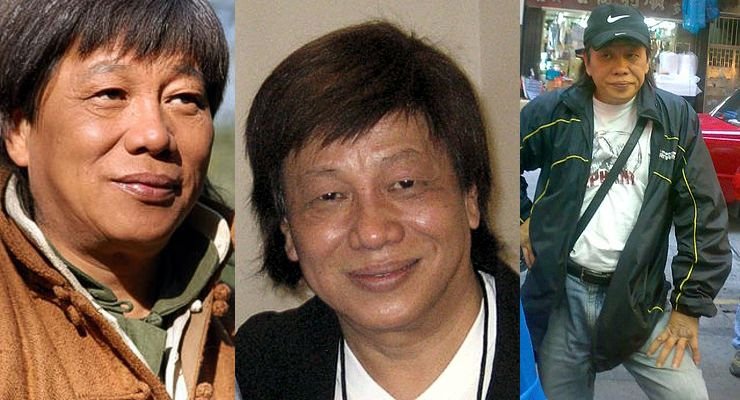Bruce Leung’s signature style married the ferocity of Tiger techniques—characterized by low stances, fierce strikes, and raw power—with the Crane’s fluid, evasive maneuvers. This synthesis allowed him to both dominate opponents in close quarters and skillfully avoid attacks at range. Consequently, his choreography on film achieved a dynamic balance, showcasing both brute force and sleek defense.
Moreover, Leung incorporated acrobatic elements—flips, aerial kicks, and rapid footwork—that lent his fights a visually stunning flair. Transitioning seamlessly from grounded barrages of punches to spiraling leaps, he captivated audiences and inspired next generations of action stars to push the boundaries of on-screen martial artistry.
Breakthrough Roles in Hong Kong Cinema
Leung’s breakout came with Tiger and Crane Fist, in which he played a young disciple seeking vengeance against a corrupt clan leader. Critics lauded the authenticity of his combat sequences, and audiences responded to his earnest portrayal of a determined hero. On Reddit, one fan commented, “This movie cemented Bruce Leung’s reputation—his intensity in the final showdown still gives me chills.”
New Fist of Fury (1976)
In the wake of Bruce Lee’s legacy, New Fist of Fury presented Leung as a successor to the “Be Water” philosophy. While comparisons to Lee were inevitable, Leung’s performance distinguished itself through deeper emotional stakes, exploring themes of honor, loyalty, and national pride. This role showcased his dramatic range, proving he could convey pathos as effectively as he delivered fight choreography.
Transition to International Productions
Capitalizing on Lee’s posthumous fame, Re-Enter the Dragon: The Beginning cast Leung in a spiritual predecessor role. Though the film received mixed reviews, Leung’s commitment to his character—an earnest student navigating betrayal—garnered praise. His ability to convey inner conflict added nuance to what could have been a one-dimensional action flick.
Battle Creek Brawl (1980)
Leung’s first American production, Battle Creek Brawl, introduced him to Western audiences. Acting alongside Buster Crabbe, he portrayed the formidable “Kiss of Death” fighter. While the film’s campy tone differed from Hong Kong martial arts epics, Leung’s fight scenes remained a highlight, offering glimpses of his trademark Tiger-and-Crane fusion. His work here further cemented how Bruce Leung’s skill transcended cultural boundaries.
Expert Insight and Modern Legacy
“Bruce Leung’s choreography broke new ground by integrating traditional kung fu techniques with cinematic spectacle. His influence is evident in modern action directors who strive for authenticity.”
— Dr. Eleanor Kim, Martial Arts Film Historian
Dr. Kim’s assessment underscores how Leung’s approach bridged old-school martial arts and contemporary film demands. His insistence on genuine technique—even in high-budget productions—set a standard that resonates in today’s action cinema.
Why Bruce Leung Matters Today
Directors and stunt coordinators often cite Leung’s work as foundational. For example, in Netflix’s Wu Assassins, choreographer William Tat explains, “Leung’s emphasis on grounded power in Tiger techniques informs many of our close-combat sequences.” Transitioning from film to streaming, Leung’s methods continue shaping how fight scenes are conceptualized, emphasizing realism over purely acrobatic showmanship.
Rediscovery Through Digital Platforms
With the rise of online forums and streaming services, Bruce Leung’s films have found new fans. Reddit threads dedicated to “forgotten kung fu masters” have skyrocketed, and niche streaming platforms now offer restored versions of his classics. Consequently, a new generation is rediscovering his oeuvre, celebrating both his technical prowess and his on-screen charisma.
Conclusion: Rediscover the Martial Arts Maestro
From his formative years in Hong Kong dojos to his pioneering roles in both Eastern and Western cinema, Bruce Leung’s career exemplifies dedication to craft and adaptability across genres. Moreover, his Tiger-and-Crane style, groundbreaking choreography, and mentorship continue to influence modern martial arts storytelling. As American audiences increasingly seek authentic action that resonates with cultural depth, Leung’s filmography offers a treasure trove of lessons in power, grace, and discipline. Therefore, whether you’re a kung fu aficionado or a casual viewer craving riveting fight scenes, it’s time to rediscover Bruce Leung and appreciate the legacy of a true martial arts maestro.

